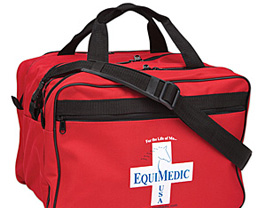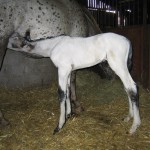Use this handy checklist to decide if your horse needs a little extra warmth this winter with a blanket. Knowing when to blanket your horse can help keep him comfortable and healthy through winter. If you decide to blanket your horse, check out the Blanket Sale at Horse.com! Limited Time only.
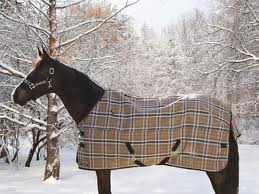
Some horses are happy in all but the most frigid winter temperatures, while others shiver on the first cold night of fall. To figure out if your horse needs a blanket use the following questions as a guideline – a “yes” answer to any question means your horse would appreciate a little extra insulation.
- Do you clip your horse’s coat? If so, your horse may need a blanket (or at least a sheet) when the temperature drops below 60 degrees.
- Does he usually live indoors? If your horse lives even part of the time in a warm barn, he’ll feel the cold more than a horse that lives outside full time.
- Is it below 40 degrees Fahrenheit? Even if your horse has a natural (unclipped) coat, he may appreciate a blanket at this temperature. If your horse is in a high-wind area or if humidity is high, or spends time in cold rain or snow? Then you may consider using a blanket.
- Does he live in an open pasture? A full-time outdoor horse will grow a heavy coat to ward off the elements, but wind and rain can destroy that insulating effect. If there’s no shelter in his pasture, he may need wind- and water-resistant horse clothing to stay warm.
- Drafts in your barn may have the same effect as outside breezes–they blow away that layer of warm air next to your horse’s skin, making him feel colder.
- Does your horse shiver when the temperature drops? Check your horse to see whether he’s too cold. If he’s shivering, blanket him and get him to a shelter. If your horse grows a thick coat or acclimates to colder temperatures you may want to blanket only when the weather drops drastically!
- Is your horse a “senior”? If so, a senior horse may not be able to handle the elements as well as past winters especially during those times when the temperature drops quickly.
- Too heavy of a blanket? If you are using a blanket check periodically to see if your horse is too warm. Slide your hand under his blanket; if he’s sweaty, he needs a lighter blanket, a sheet, or none at all.
Enjoy the winter and keep warm!
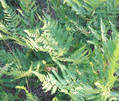
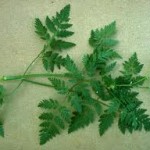
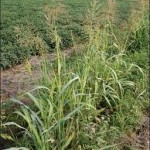
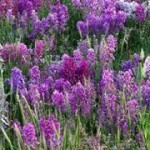
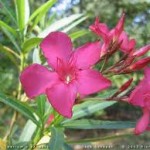
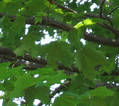
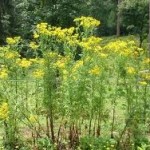
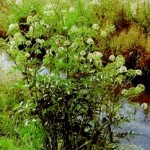

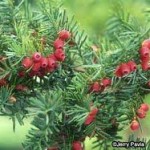
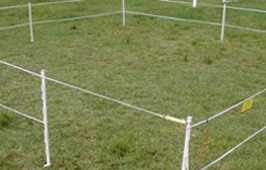 Is your horse safe while turned out to pasture? Will repairs to your current wood pasture rail cost too much time and money? Are you looking for an economical and easy-to-install fence for your farm field or paddock?
Is your horse safe while turned out to pasture? Will repairs to your current wood pasture rail cost too much time and money? Are you looking for an economical and easy-to-install fence for your farm field or paddock?